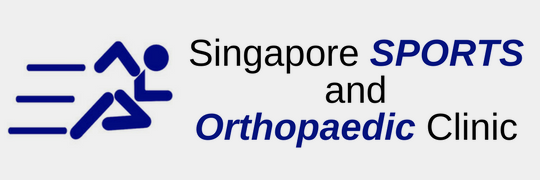Recovering From Total Joint Replacement
Immediately after your total joint replacement surgery, you will be moved into a recovery room to be monitored for a couple of hours. After the
Immediately after your total joint replacement surgery, you will be moved into a recovery room to be monitored for a couple of hours. After the
Swelling, pain and loss of motion are common complaints following a sports injury. In order to regain post-injury levels, movement is extremely important. The experts
There are a total of four major ligaments in our knee whose function is to provide stability to the knee joint. One of the most
Medical research has proven that an increase in the flexibility of a muscle unit increases performance and reduces the amount of injuries sustained. Basic stretching
Osteoarthritis is a significant degenerative disease that affects the joints. It appears most commonly in the lower extremities which includes the knee and ankles. The
Did you know that each person walks an average of 9000 steps per day? And the total distance covered by a person in his lifetime
Living an active lifestyle is great and the health benefits associated are undisputable. Exercising regularly is important to strengthen our muscles and better support our
The joint that connects our pelvis to our thigh is our hips and weak hips are often the cause of hip injuries. This is due
Rest and recovery is probably the most important part of your exercise regime. Sufficient rest is required to maintain high level performance levels but many
Imagine our knee as the hinges of doors, only much more heavily used every single day. After a period of time, the hinges will start

Our clinic offers same day appointment, X-ray/MRI facilities, Insurance filing services and amenities like pharmacy store & wheelchair accessibility.
© Singapore SPORTS and Orthopaedic Clinic

